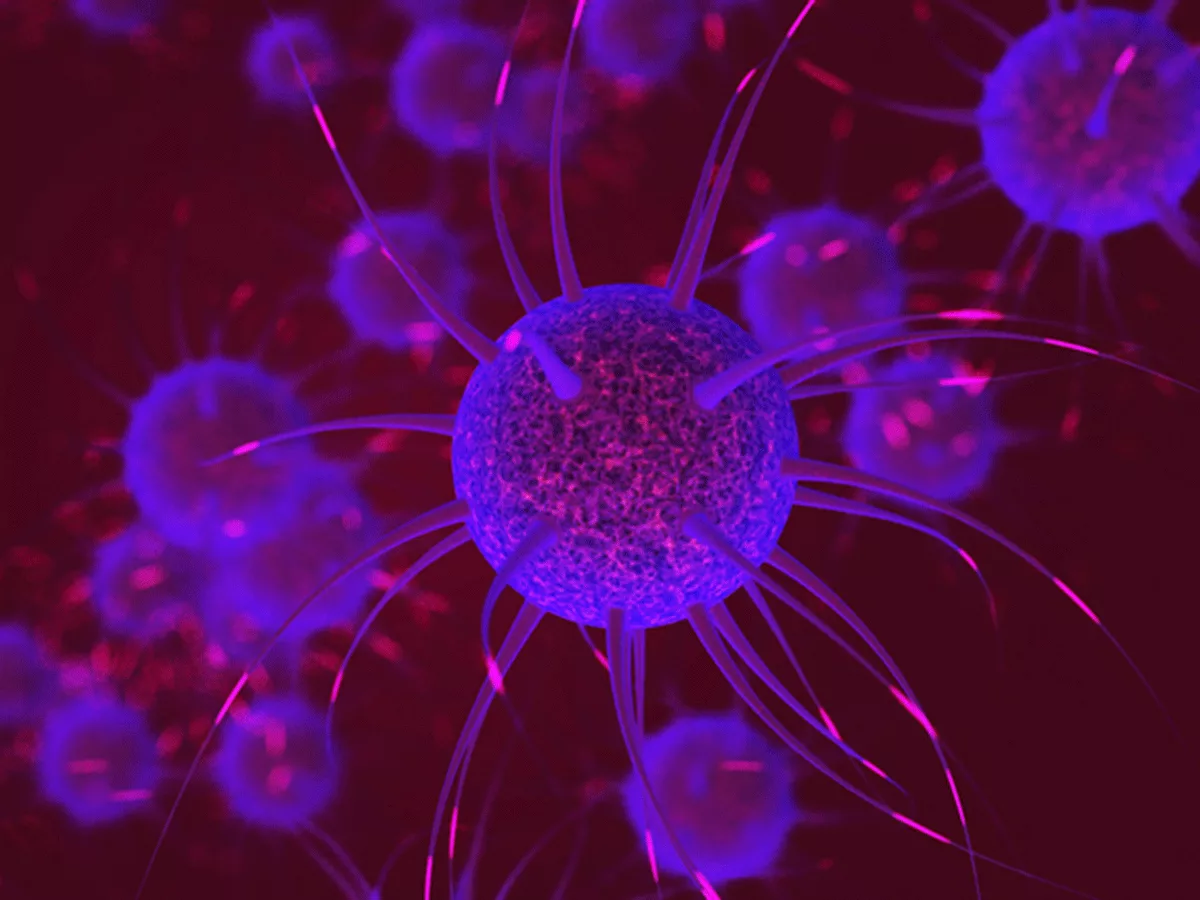A Chinese study led by researchers at Fudan University in Shanghai has described a novel strategy to target the 'undruggable' mutant Huntingtin (mHTT) protein by screening for compounds that directly bind to the 'undruggable' target and rescue disease-relevant phenotypes.
This approach has identified a promising new mHTT 'inhibitor' that may provide an entry point for Huntington's disease (HD) therapy, while the strategy could also potentially be applied to other undruggable targets, the authors report in Proceedings of the National Academy of Sciences (PNAS).
"In theory, this strategy could be applied to 'undruggable' targets under two premises," said lead researcher Boxun Lu, professor and head of the Laboratory of Medical Neurobiology of the School of Life Sciences at Fudan University.
"First, the target protein needs to be purified while preserving its pathophysiological structures and properties, and second it must have an ultimate functional readout for the phenotypic screen," said Lu.
"Examples of such targets may include misfolded proteins that putatively cause cytotoxicity in neurodegenerative disorders."
Most neurodegenerative disorders are characterized by accumulation of misfolded proteins, which in the case of HD is the mHTT protein, likely the major cause of HD. Moreover, the wild-type HTT protein (wtHTT) may have important physiological functions by acting as a scaffold protein.
This lack of a measurable biochemical readout and druggable binding pockets whose occupancy influences mHTT's biochemical functions makes mHTT an 'undruggable' target.
Consequently, it has been thought to be impossible to screen for mHTT inhibitors as potential HD drug candidates.
Nevertheless, compounds that bind to mHTT directly may influence its protein structure or stability, and ultimately its pathogenic functions, despite this lack of druggable pockets and screenable biochemical activities.
While the exact pathogenic mechanism is unclear, the ultimate functional outcome of mHTT at the cellular level is cytotoxicity, which is measurable in a high-throughput compatible manner.
Thus, mHTT-binding compounds may be screened for and then suppressors of mHTT-induced toxicity could be identified by secondary phenotypic screens.
"Suppression of mHTT-induced toxicity per se is a phenotypic screen, but additional phenotypic screens could be performed in different disease models," said Lu.
"In addition, counter-screens would need to be performed to exclude nonspecific effects," he told BioWorld Science.
Hit compounds thus identified may suppress mHTT toxicity by interacting with it directly, providing potential therapeutic leads in addition to chemical biology tools to explore HD pathological mechanisms.
The rationale for the new PNAS study was based on the hypothesis that some chemical binders of mHTT may change their conformation and/or stability to suppress their downstream toxicity, thereby functioning similarly to an inhibitor.
Researchers co-led by Yu Ding and Yiyan Fei, professors in the School of Life Sciences and Department of Optical Science and Engineering, respectively, then performed a counter-screen using wtHTT to identify allele-selective binding compounds interacting with mHTT but not wtHTT.
"Such screening may identify many false positives, with a similar protein being desirable to exclude these," said Lu.
"Moreover, wtHTT is known to have important physiological functions, so its lowering or 'inhibition' is undesirable. Thus, allele-selective compounds were preferred and screened for in our study."
Using a small-molecule microarray-based screening, the research team then identified 21 potential mHTT-selective binders.
Further testing of these hit compounds using secondary phenotypic screens for their effects on mHTT-induced toxicity revealed four potential mHTT-binding compounds that could potentially rescue HD-relevant phenotypes.
Among these hit compounds, desonide, an FDA-approved low-potency topical corticosteroid for atopic dermatitis, exhibited robust rescue effects of HD-relevant phenotypes in cells and in vivo in a knock-in HD mouse model.
"Desonide partially but significantly rescued phenotypes in transfected 293T cells, mouse striatal cells, patient induced pluripotent stem cell (iPSC)-derived neurons, HD Drosophila models, and a knock-in mouse model," said Lu.
"The extent of phenotypic rescue varied in the different models, but in all cases the effects were significant but partial," he said.
These findings reveal the therapeutic potential of desonide for treating HD and provide the proof of principle for drug discovery comprising target-binder screens followed by phenotypic validation and mechanistic studies.
"We are now generating different derivative compounds of desonide and testing their effects experimentally," said Lu.
"In addition, we are trying to resolve the detailed molecular mechanism of action of desonide, for which we already have some clear indicators."
